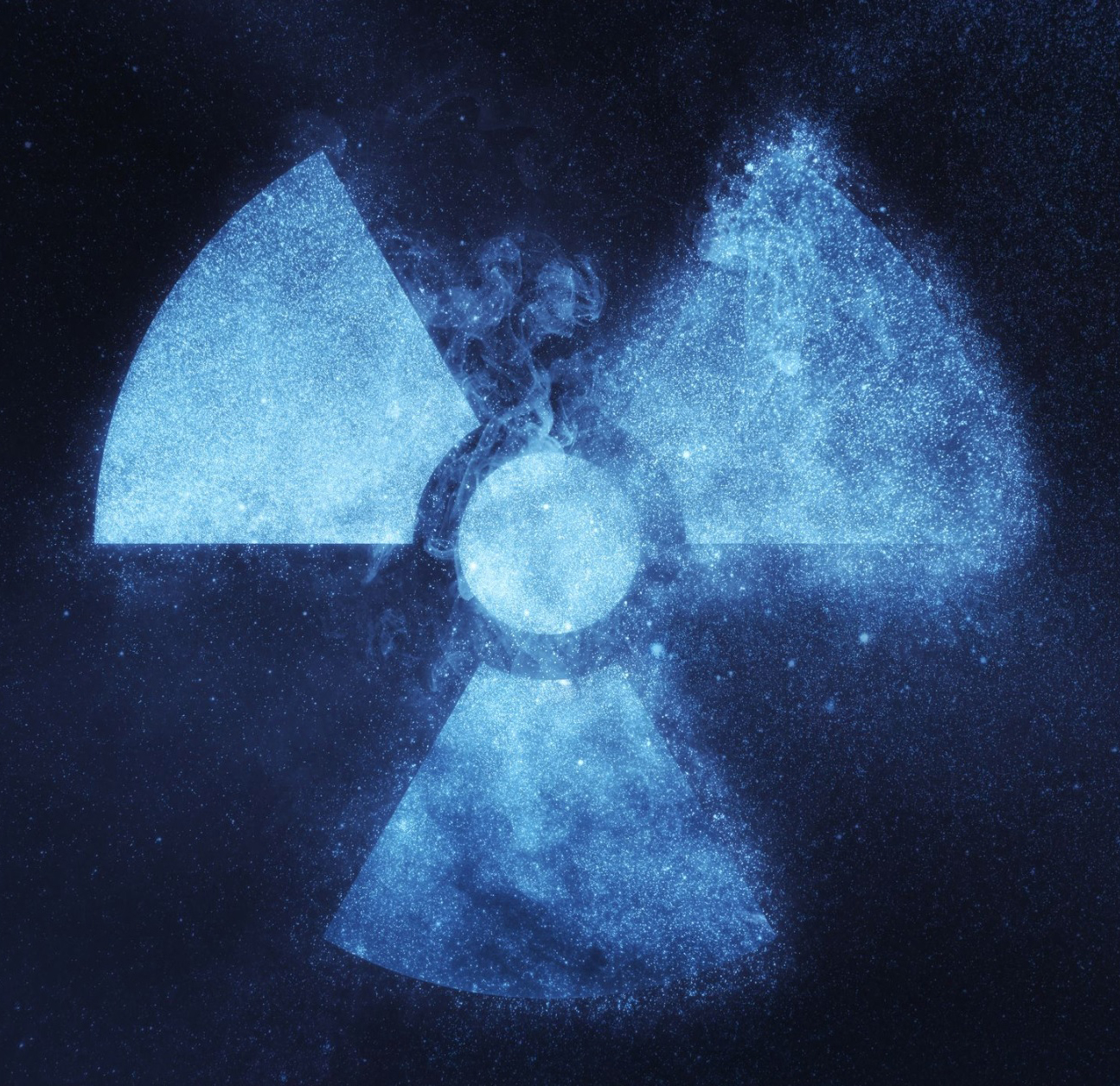
Shanghai Institute of Applied Physics (SINAP) has been given approval by the Ministry of Ecology and Environment to commission an experimental thorium-powered molten-salt reactor. This is the first molten salt nuclear reactor since the US shutdown a test reactor in 1969.
The TMSR-LF1 will use fuel enriched to under 20% U-235, have a thorium inventory of about 50 kg and conversion ratio of about 0.1. A fertile blanket of lithium-beryllium fluoride (FLiBe) with 99.95% Li-7 will be used, and fuel as UF4.
The project is expected to start on a batch basis with some online refuelling and removal of gaseous fission products, but discharging all fuel salt after 5-8 years for reprocessing and separation of fission products and minor actinides for storage. It will proceed to a continuous process of recycling salt, uranium and thorium, with online separation of fission products and minor actinides. The reactor will work up from about 20% thorium fission to about 80%.
If the TMSR-LF1 proves successful, China plans to build a reactor with a capacity of 373 Megawatts by 2030.
In January 2011, CAS launched a CNY3 billion (USD444 million) R&D programme on liquid fluoride thorium reactors (LFTRs), known there as the thorium-breeding molten-salt reactor (Th-MSR or TMSR), and claimed to have the world’s largest national effort on it, hoping to obtain full intellectual property rights on the technology. This is also known as the fluoride salt-cooled high-temperature reactor (FHR). The TMSR Centre at SINAP at Jiading, Shanghai, is responsible.
Construction of the 2 Megawatt TMSR-LF1 reactor began in September 2018 and was reportedly completed in August 2021. The prototype was scheduled to be completed in 2024, but work was accelerated.
Molten salt and thorium reactors are inherently safer and can have less nuclear waste (aka unused nuclear fuel.) Nuclear fuel is unused because even numbered isotopes are harder to split or react. Fast reactors have neutrons moving at higher speeds (one hundred times faster) needed to cause uranium 238 to react into plutonium.
